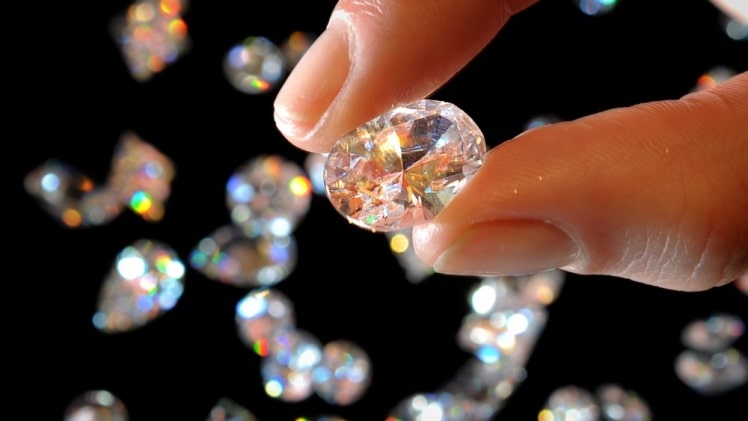As a diamond shopper, you probably know that the 4 Cs (cut, color, clarity, and carat weight) are essential to assessing a diamond’s quality. However, do you really understand how these characteristics relate to lab grown diamonds?
Quality lab created diamonds are graded by independent gemological organizations using the same 4 Cs as mined diamonds 4Cs lab grown diamonds. Now that you know how to assess lab diamonds, you can confidently choose the best one for your budget.
1. Cut
If you are familiar with diamond grading, you know that the 4 Cs of cut, color, clarity and carat all have an impact on the value of a stone. These parameters are used to determine the price of a natural diamond and are also important when evaluating lab grown diamonds.
The cut of a diamond is one of the most crucial factors in determining its brilliance and overall appearance. A perfect cut can maximize a diamond’s beauty, sparkle and fire and will increase its value.
In addition, a high-quality cut will have less internal flaws or inclusions (which can be harder to spot) than an imperfectly cut stone.
When evaluating a lab grown diamond, you should consider the 4Cs to make sure it is of the highest quality possible. While lab created diamonds are not the same as mined diamonds, they have the same physical, optical and chemical properties and are officially graded by leading howitstart gemological institutes using the 4Cs.
2. Color
The color of a diamond can be one of the most important characteristics to consider when evaluating lab grown diamonds. You will also want to take into account the setting you choose for your diamond, which can help or hinder your ability to identify a certain shade.
The most popular color for lab grown diamonds is white, but they can also be yellow, brown or even pink. They can also vary in intensity.
GIA has created a color grading system (D-Z) to help consumers evaluate and understand the differences in color. This is important because not all diamonds have the same color and some are more expensive than others.
Another factor that can influence a diamond’s color is fluorescence. Strong fluorescence can cause a diamond to appear milky or hazy, which can detract from its beauty and lower its value.
3. Clarity
Clarity is the number of inclusions present in a diamond and how they affect the free passage of light. It is one of the most important factors to consider when evaluating lab grown diamonds, as they may have more imperfections than natural diamonds do.
The clarity grading system of GIA, the most reputable gemological institute in the world, grades diamonds from flawless (F) to I3 (the worst). This is done by magnifying the diamond 10 times to inspect and determine the size, position, and severity of any imperfections.
The most popular clarity grade is Flawless, which has no visible inclusions. However, the clarity grading system also includes Internally Flawless (IF), Very Very Slightly Included (VVS1) and Very Slightly Included (VS2).
4. Carat
Lab grown diamonds are created by putting carbon under extreme heat and pressure, mimicking the process natural diamonds are formed in the Earth’s mantle 4C’s of a Diamonds. The lab-grown diamonds are chemically, physically and optically identical to naturally-mined diamonds.
The two primary lab-grown processes are High Pressure, High Temperature (HPHT) and Chemical Vapor Deposition (CVD). When placed in a chamber, the carbon “seed” is exposed to carbon-rich gases that grow a diamond carbon atom by atom.
Conclusion
Like mined diamonds, laboratory-grown diamonds have inclusions. These are microscopic imperfections that can be seen with magnification, but which do not appear in natural diamonds.

